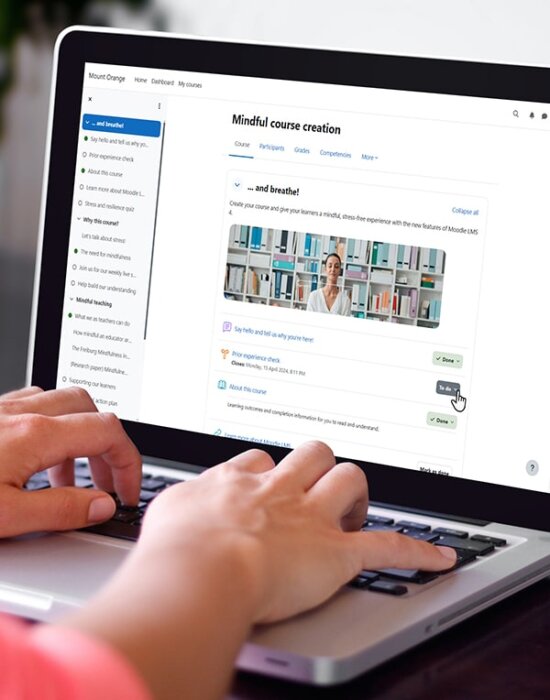Description
Many learners want shorter nuggets of content. It can be challenging, however, for instructional designers to fit everything they need to do into five- to seven minute chunks. If you’re not careful, the lessons can end up being mostly teaching, and what gets lost is the chance for learners to practice the skills being taught and the chance to apply the new skills to their own situation.

Traditional learning methods are no longer sufficient to engage and inform learners completely. Micro-learning and nano-learning offer innovative solutions to deliver focused, concise, and impactful learning experiences. This course provides a comprehensive overview of these powerful techniques, exploring best practices for designing, developing, and implementing effective micro-learning and nano-learning solutions.
Key Topics Covered:
-
Understanding Micro-Learning and Nano-Learning:
-
Defining micro-learning and nano-learning
-
Distinguishing between the two
-
Identifying the ideal learning scenarios for each approach
-
-
Designing Effective Micro-Learning and Nano-Learning:
-
Identifying learning objectives and target audience
-
Breaking down content into digestible chunks
-
Creating engaging and interactive learning experiences
-
Leveraging visual elements and multimedia
-
-
Developing Micro-Learning and Nano-Learning Content:
-
Authoring tools and technologies
-
Writing concise and impactful content
-
Incorporating effective instructional design principles
-
-
Implementing Micro-Learning and Nano-Learning:
-
Integrating micro-learning and nano-learning into existing learning programs
-
Delivering content through various channels (e.g., mobile apps, LMS, email)
-
Tracking learner engagement and performance
-
-
Evaluating Micro-Learning and Nano-Learning Effectiveness:
-
Measuring learning outcomes and return on investment (ROI)
-
Gathering feedback from learners
-
Iterating and refining micro-learning and nano-learning strategies
-
Learning Objectives:
Upon completion of this course, participants will be able to:
-
Define micro-learning and nano-learning and understand their benefits
-
Identify appropriate learning scenarios for micro-learning and nano-learning
-
Design effective micro-learning and nano-learning content
-
Develop engaging and interactive micro-learning and nano-learning modules
-
Implement micro-learning and nano-learning strategies in various learning contexts
-
Evaluate the effectiveness of micro-learning and nano-learning initiatives
